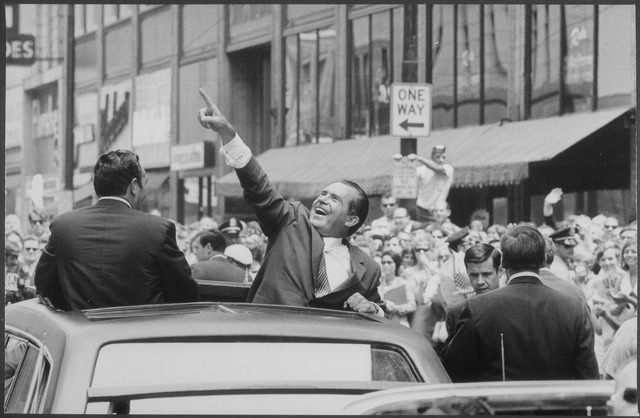On August 11, 1942, in the midst of World War II’s escalating technological arms race, Austrian-born actress Hedy Lamarr and American avant-garde composer George Antheil were awarded U.S. Patent No. 2,292,387 for an invention few in the entertainment world—or the military establishment—could have anticipated. The patent described a “secret communication system” that used frequency-hopping spread spectrum technology to guide torpedoes more securely, preventing them from being jammed by enemy forces. Though largely ignored by the Navy at the time, the principles underlying Lamarr and Antheil’s system would decades later form the basis for many modern wireless communications, including Wi-Fi, Bluetooth, and cellular networks.
Hedy Lamarr, born Hedwig Kiesler in Vienna in 1914, was already internationally famous in 1942 for her roles in Hollywood films and her reputation as one of the most glamorous stars of the era. Yet Lamarr harbored a restless intellect that found Hollywood’s typecasting stifling. Her first marriage, to Austrian munitions manufacturer Friedrich Mandl, had brought her into proximity with the European arms industry, where she absorbed a working knowledge of weapons systems and radio control technologies. After fleeing Mandl and emigrating to the United States in 1937, Lamarr sought ways to contribute to the Allied war effort beyond the confines of movie sets and publicity tours.
George Antheil, by contrast, was known not for his looks but for his eccentric, innovative music. Dubbed the “bad boy of music” in the 1920s, Antheil had a fascination with mechanical rhythms and synchronization—interests that would prove unexpectedly relevant to military technology. Lamarr met Antheil at a Hollywood dinner party in 1940, and the two struck up an unlikely friendship, bonded by a shared interest in problem-solving and engineering. Lamarr confided her idea for a secure radio guidance system for torpedoes, inspired by the vulnerabilities she had learned about during her years in Europe. Antheil, drawing on his experience with synchronized player pianos, suggested a method of coordinating frequency changes between transmitter and receiver using piano roll–like mechanisms.
Their concept was deceptively simple in principle: the transmitter and receiver would hop together among a set of prearranged frequencies, switching many times per second according to a shared code. An enemy attempting to jam the signal would have to track and interfere with all the frequencies simultaneously—an effectively impossible task with the technology of the day. This “frequency hopping” ensured that the guidance signal remained intact and secure.
Lamarr and Antheil spent months refining the design, eventually producing a detailed set of diagrams and a written description that they submitted to the U.S. Patent Office. On August 11, 1942, they received their patent, which specified the use of 88 different frequencies—mirroring the number of keys on a piano—and outlined a system for synchronizing the changes between them. The inventors promptly offered the technology to the U.S. Navy, believing it could greatly enhance the effectiveness of radio-guided torpedoes.
The Navy, however, declined to adopt the invention. Officials reportedly dismissed it as impractical, in part because the original design’s mechanical synchronization method seemed too cumbersome for wartime deployment. Lamarr and Antheil’s contribution faded into obscurity, with Lamarr returning to acting and Antheil continuing his musical and literary career. Lamarr did volunteer extensively for war bond drives, where the public was far more receptive to her screen persona than to her engineering work.
It would take decades for the value of their concept to be recognized. In the 1950s and 1960s, the principles of frequency-hopping spread spectrum were adapted for secure military communications, aided by advances in electronic circuitry that replaced the mechanical synchronization mechanisms. By the late 20th century, the same underlying technology found its way into civilian applications, enabling wireless data transmission in everything from cordless phones to GPS and Wi-Fi.
Lamarr and Antheil’s patent expired before they could profit from it, but their achievement eventually received the recognition it deserved. In 1997, the Electronic Frontier Foundation awarded Lamarr a Pioneer Award for her contributions to technology, and Antheil was honored posthumously. Today, their frequency-hopping invention is celebrated not only as a remarkable example of interdisciplinary creativity—melding the insights of a film star and a composer—but also as a reminder that innovation can emerge from the most unexpected partnerships.
On that August day in 1942, few could have imagined that a Hollywood actress and an experimental musician would leave a legacy not on the silver screen or in the concert hall, but in the invisible signals that now carry voices, data, and ideas across the globe.






